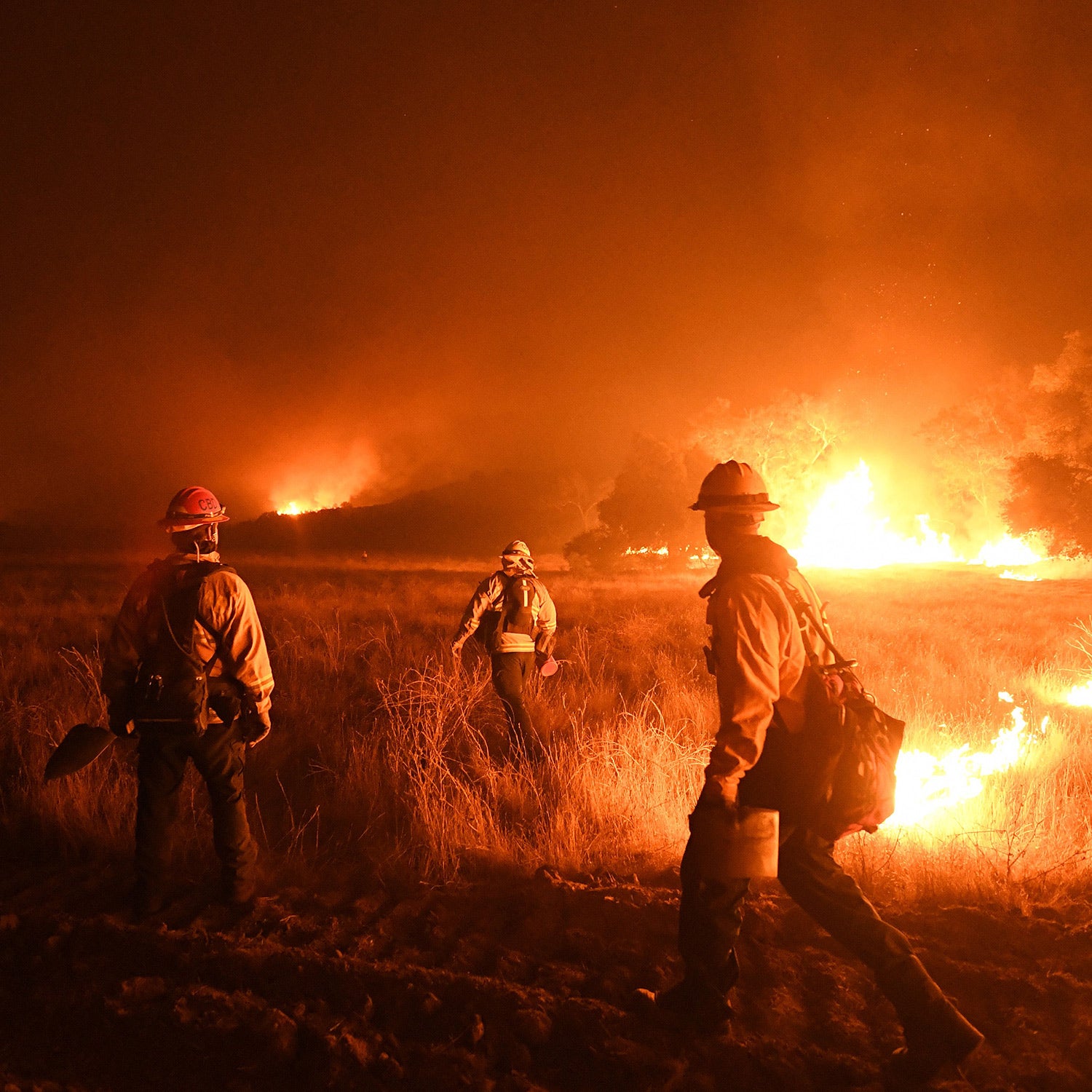If your house is engulfed in flames, you may have a pesky environmental group to blame.
This is the argument made by supporters of the Resilient Federal Forests Act of 2017, introduced by Republican Representative Bruce Westerman of Arkansas.��The��bill passed the House , and��is��now waiting to be discussed by the��Senate��Committee on Agriculture, Nutrition, and Forestry.��
With each fire this past summer and fall, the bill’s supporters renewed their calls for something to be done to end the devastation, and this bill has an interesting answer to why wildfires have become so large and so deadly in recent years.��Essentially, it��blames the problem��on the conservationists��who sue to keep loggers out of forests. As a remedy, the bill aims to scale back public input, reduce wildlife habitat protections, and��weaken environmental standards. If passed, a timber��company could log��an��area up to 30,000 acres (twice��)��with barely any environmental��review.��
There’s no doubt that the country’s system for managing fires is inadequate. Forest fires are�� to fight today as they were 20 years ago,��and in many parts of the country, fire season could soon last . In regions affected by pests or disease, selective logging can��do a great deal to stop those ailments from spreading. When old or dying trees are taken out of the picture, competition for sunlight and other resources is less intense, giving younger shoots and smaller flora an opportunity to grow. But when this fuel is allowed to accumulate and crowd, it can turn what would have been a small fire into the type of untamable disasters��California has experienced.��
“We saw millions of acres go up in smoke this year, dozens of lives lost, and thousands of homes destroyed, because of unmanaged, unhealthy forest,” says David Saylor, a spokesperson for Westerman.��“And that has to change. This isn’t about logging. This is about maintaining a healthy forest.”
The question is, what defines smart tree harvesting, and how is it best regulated?��Westerman is a former forester, and he now��receives more campaign contributions from the timber and paper industries than any member of Congress save house speaker Paul Ryan. His bill would do away with many of the environment��regulations a logging company must satisfy before a sale takes place. It��seems to say that the best approach to tree harvesting is to allow logging companies unfettered access��and focuses almost exclusively on regulations, ignoring problems like lack of funding, a recent surge of pine beetles in the West, climate change, or the slightly nutty and hubristic tendency to treat every wildfire as an innate catastrophe that must be controlled and contained.
“Thousands of lawsuits have been filed by these groups to prevent the Forest Service from pursuing routine thinning and restoration projects,” wrote Utah representative Rob Bishop, a co-sponsor of the bill,��in an op-ed for . “As more and more time and money are consumed by regulatory analysis and court battles, scarce agency resources are expended and fewer acres of high-risk forest lands are treated.”
Bishop may have a point, if an overstated one.��Of the 1,100 land-management lawsuits brought against the Forest Service between 1989 to 2008, the majority were brought on environmental grounds. The Forest Service is also�� to foot the legal bill. That cost, however, takes up a tiny sliver of the Forest Service’s overall budget—less than one-tenth of one percent. U.S. Forest Service Chief Tom Tidwell said as much at an April 2013 hearing before the Senate Committee on Energy and Natural Resources. The fees, he testified,��“did not have an appreciable effect on program funding.”
Both Bishop and Westerman��are critics of the National Environmental Policy Act (NEPA), which requires��the government��to conduct impact studies before developing or extracting resources on federal land. Bishop ��one of the “greatest burdens” to industry, and accused environmental groups of abusing the act with “an unholy combination of activist litigation designed to manipulate policy.” Among other things, Westerman’s bill would drastically scale back NEPA’s��protections, allowing companies to log in forests without first reviewing the impacts on water quality, the habitat, or wildlife. It��would allow the Forest Service to bypass consultation with the U.S. Fish and Wildlife Service when an animal protected by the Endangered Species Act is impacted by logging. If a company did damage��the environment, Westerman’s��bill would bar people from suing or otherwise holding the government accountable.
The��Resilient Federal Forests Act��seems to focus almost entirely on addressing complaints from the logging industry—and not on��the problem of worsening��wildfires. Arizona Representative��Raul Grijalva, the��ranking Democrat for the House Natural Resources Committee, has��criticized the bill as “not about forest health. It’s about increasing the numbers of trees removed from the forest.”��
The crazy thing is, the logging��industry doesn’t always seem all that��eager to��gain access to Forest Service land, even in some of the most valuable old-growth forests. Jim Furnish, a former deputy chief of the Forest Service, says the��Big Thorne��timber��auction in Tongass National Forest is a prime example. In��2014,��the Southeast Alaska Conservation Council, the Alaska Wilderness League, and the Sierra Club filed a joint suit against the Forest Service��to stop the deal, saying the Forest Service had underestimated the impact on the local wolf population, and overestimated the industry’s appetite. The Forest Service estimated the 150 million board feet of timber up for auction��would fetch $2.6 million. But building logging roads, conducting surveys, and all the other things that go into prepping a forest to be cut. In all of Tongass, the Forest Service reported a $108.7 million loss on timber contracts from 2008 to 2012.�� ��the suit, and last May��the deal went through—albeit��at a much smaller volume than expected. Citing “market forces,” the ranger’s office reported a sale of only 97.7 million board feet.
“If nobody buys them, nobody buys them,”��Furnish says of��huge amount of timber leases that go��unsold each year.
There’s one benefit Furnish can point to in the��Resilient Federal Forests Act: it would allow the Forest Service to more easily tap��federal emergency��funds during fire season.��But on the whole, he says, the bill is “totally unnecessary.” In fact��a��lot of the bureaucracy that slowed thinning and forest management has already been addressed by��the 2014 Farm Bill, which made it easier for the Forest Service to authorize local projects and expedited approval for thinning diseased, insect-infested,��or fire-damaged forests.��
So why did��Westerman introduce the bill?��
It’s hard to understand��how bypassing��the environmental review process before a harvest—or reducing��the public comment period—will help this country fight fires. As written, the bill seems much less focused on the efficiency of fighting fires than it is on the efficiency of logging. It won’t generate more��cash to fight fires, but it will be a great help to anyone trying to log forests with as little interference as possible. And if that’s the bill's��goal, then wildfires provide a compelling, urgent, and��dramatic excuse.����


